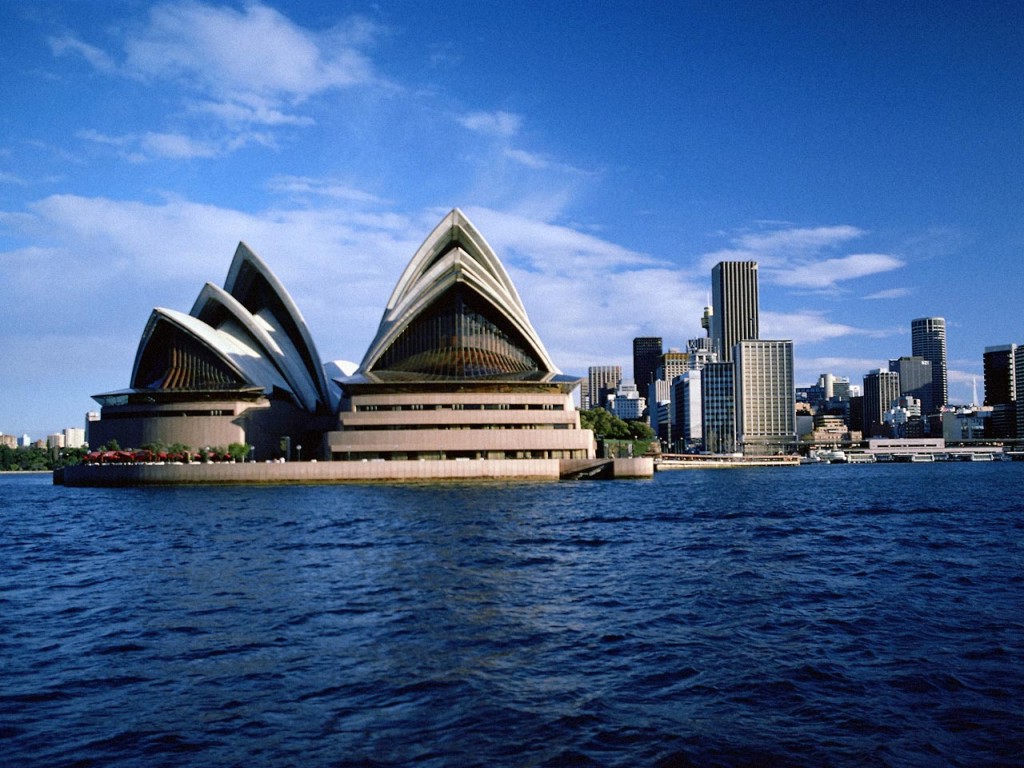1. Bens e mercadorías-goods and commodities- merchandise or possessions freight. A raw material or agricultural product that can be bought and sold.
2. Recursos naturais e materias primas- natural resources and raw materials- the things we use that are provided in the natural environment e. g. water, minerals, fuels, soil and so on.
3. Beneficio- profit- a financial gain, especially the difference between an initial outlay and the subsequent amount earned.
4. Servizos- services- activities that do not produce or modify goods, they include education, health care, transport, tourism…
5. Hipoteca- mortgage- a legal agreement by which a person takes out a loan using as security real property (usually a house which is being purchased).
6. Accion- share- any of the equal parts into which a company’s capital is divided, entitling the holder to a proportion of the profits.
7. Globalización- globalization- It can be described as a process by which the people of the world are unified into a single society and function together.
8. Producto Interior Bruto (PIB)- Gross Domestic Product (GDP)- the total summed value of the output in a country for a year.
9. Bolsa- stock exchange- a market in which shares are bought and sold.
10.Oferta- supply- organization of workers who have banded together to improve working conditions.
11. Deslocalización- Relocation- move to a new place and establish factories or businesses there.
12. Paro- unemployment- the number or proportion of unemployed people.
13.Sindicatos- trade unions- the number or proportion of unemployed people.
14.Demanda- demand- the desire of buyers to purchase goods or services.
.jpg)





































